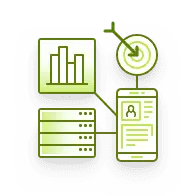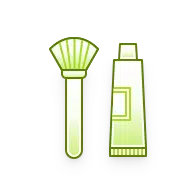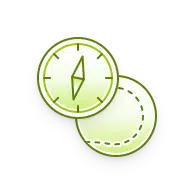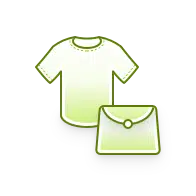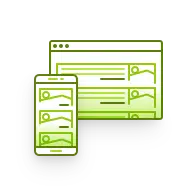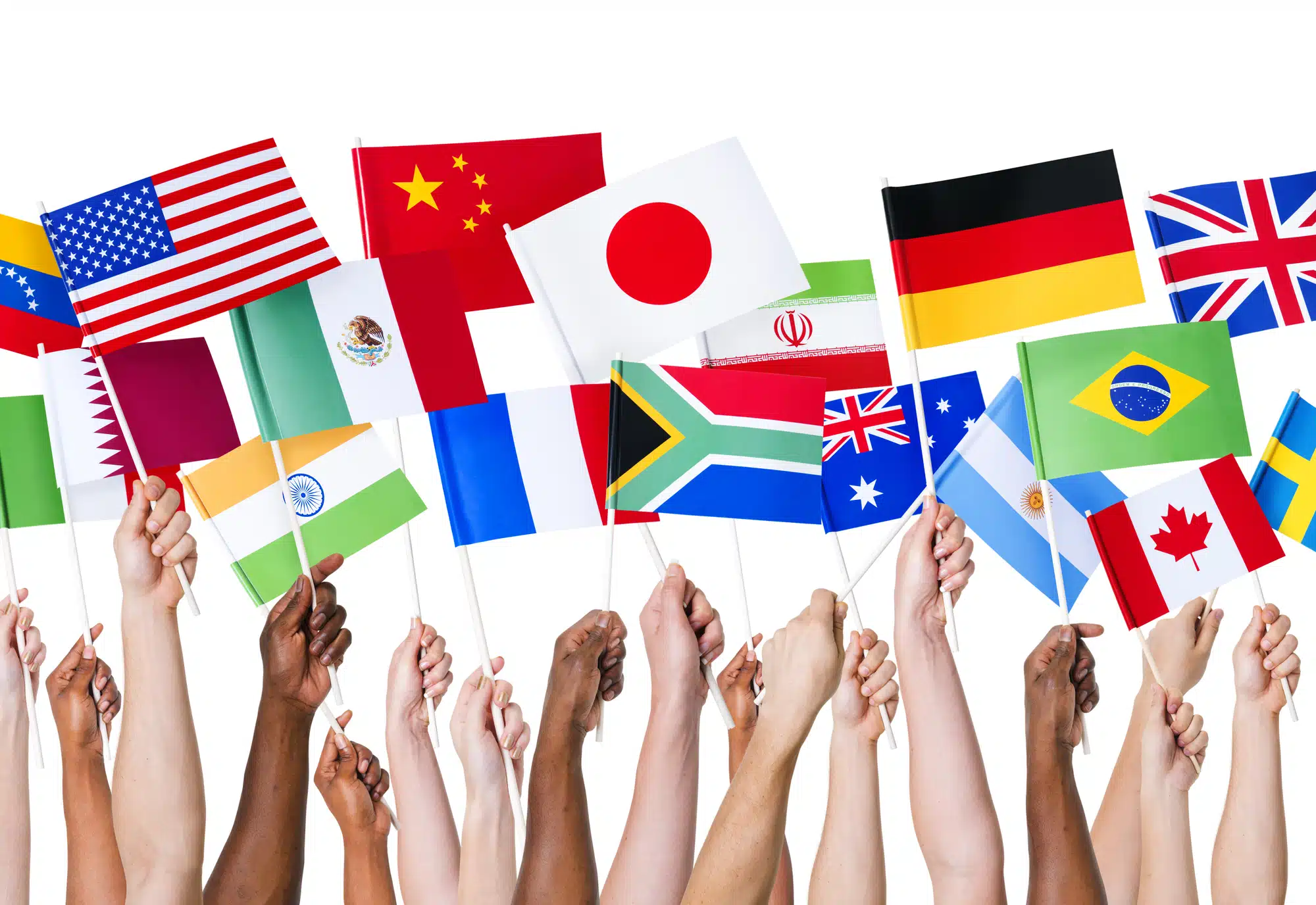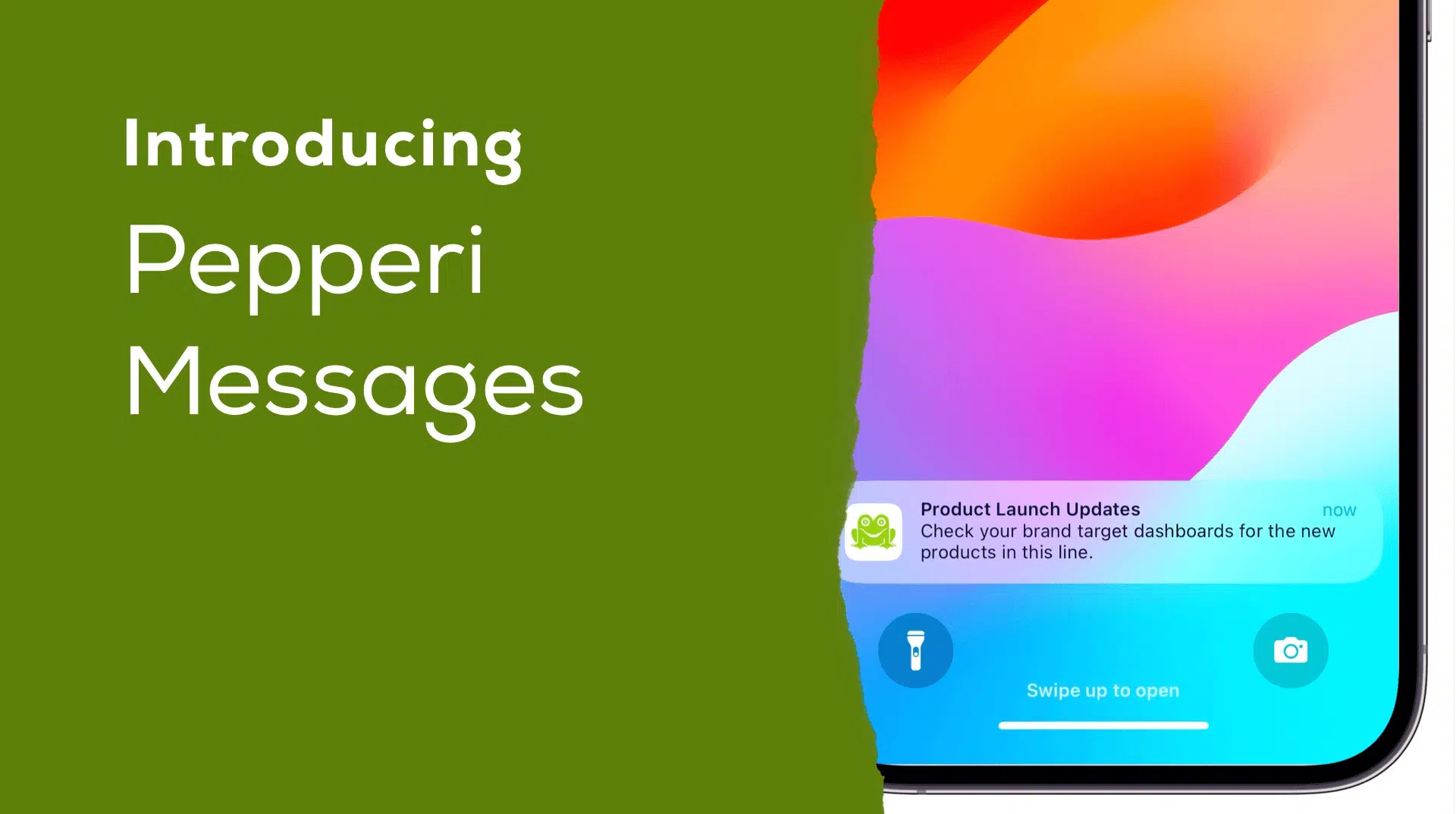Is it Worth Serving Rural Retailers in the Era of Digital Divide?
March 10, 2021 By Yana Persky

The low density of population and lack of broadband makes it difficult and often uneconomical for CPG brands and distributors to serve rural retailers. Research shows that 87% of rural sales professionals will never reach their annual quotas and the business they are working for miss out. Is it a fair reason to back out?
B2B fast moving consumer goods (FMCG) sales processes need complex logic to enable sales activities and transactions – be that order taking, in-store audit or purchase approval. Your reps need to be able to work anytime, anywhere, so they can always do their job. However, the customer experience – and sales − can take a serious plummet when a broadband or Wi-Fi connection is poor, unstable or unavailable.
Those living in developed countries might consider the digital divide to be merely an economic problem that affects mostly poor countries. In reality, the digital divide is a global problem that affects developed and less developed countries alike.
Did you know that Italy has by far the largest “digital divide” in Western Europe? According to Eurostat, only 60% of the population has access to broadband internet. This is due to low population density scattered over a large area.
Rural Canada covers more than 95% of its land mass with 19% of Canadians. Poor connectivity is the norm for thousands of Canadian businesses and millions of Canadians living and operating in rural and remote communities.
The U.S. also struggles with a deep rural digital divide. The FCC estimates about 21 million people in rural America are without broadband. Researchers suggest the actual number without broadband is 42 million—double the FCC’s figure.
The COVID-19 pandemic has exposed developed countries’ digital divides and it’s more disheartening than ever to see so many rural communities in the USA, Canada and Europe being left behind with a limited way to shift businesses online in these challenging times.
The rural markets present a great opportunity for CPG businesses to expand sales. However, many of them back out when they find selling in these remote and “disconnected” areas a major problem. The low density of population and lack of broadband that hampers rural retailers from using B2B e-Commerce makes servicing these rural markets difficult and often uneconomical as opposed to servicing urban markets.
CPG companies that do choose to service rural areas, too often blame their rural sales reps for underperforming. Research shows that 87% of rural sales professionals will never reach their annual quotas and the business they are working for miss out. However, it’s not the reps who are failing, but the companies who are failing to manage them effectively. How are reps being supported? What steps are being taken to help them succeed?
How can sale reps be expected to make their quotas if they are not able to process orders captured in the field? How can reps make data-driven decisions in the field and access all their back office information with a slow, or even no internet connection?
Having a system in place that can manage the sales order process from beginning to end improves efficiency. This is in stark contrast to orders previously manually processed using faxes, emails or even snail-mail, involving long delays and human error.
For wholesale distributors and manufacturers, mobile technology has introduced opportunities for sales innovation and differentiation. However, using native apps and storing app data on the device are necessary but insufficient measures. A sales force automation app needs to have local, device-side logic to enable reps to work offline. Even in areas where data connectivity is widely available, your field reps constantly transition from online to offline.
Synchronization occurs automatically in the background as soon as a connection is re-established. The process handles backend and client conflicts with minimal business interruptions, prompting for user intervention only when necessary.
The best mobile sales apps work both online and offline. Offline mode means no downtime – ever. A native mobile e-commerce app that is fully functional in offline mode will enable your reps to serve your customers anywhere, anytime, directly from their mobile phone or tablet, so you never miss an opportunity to sell.
To find out more using Pepperi for Field Sales, click here.
